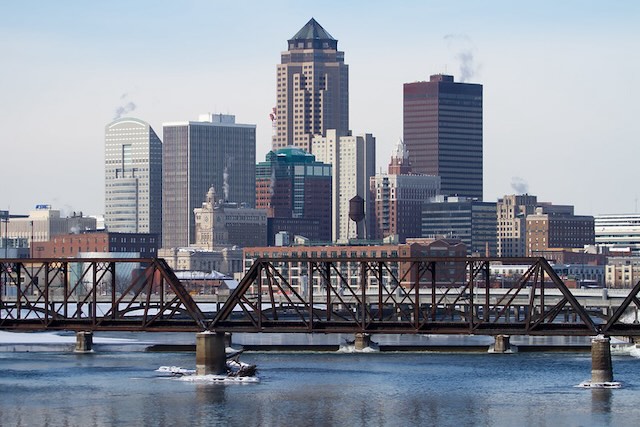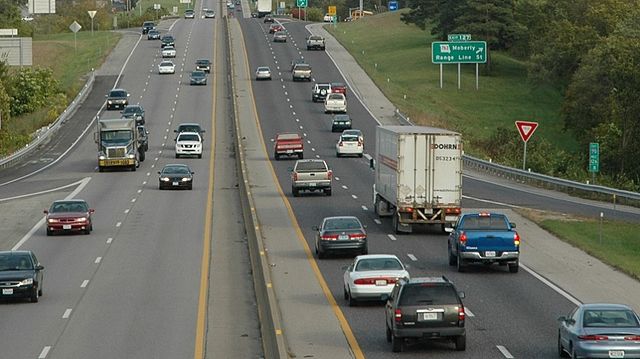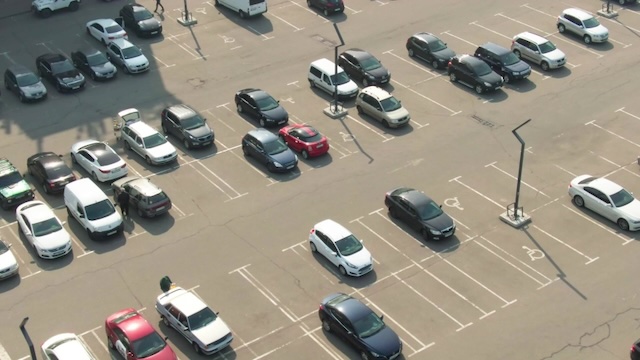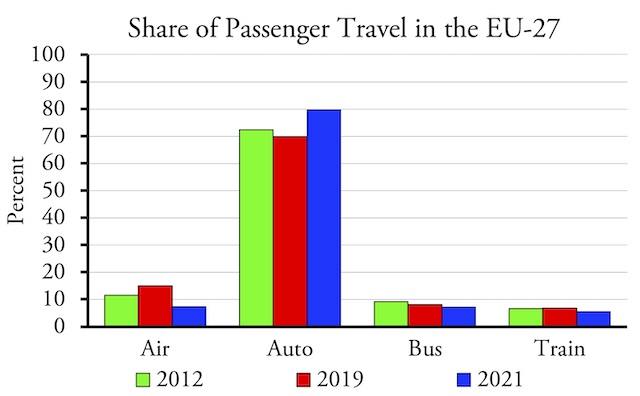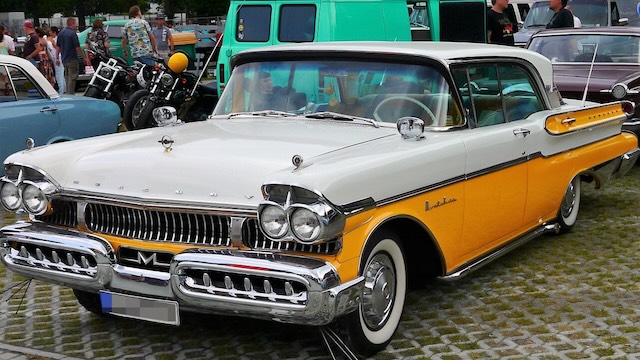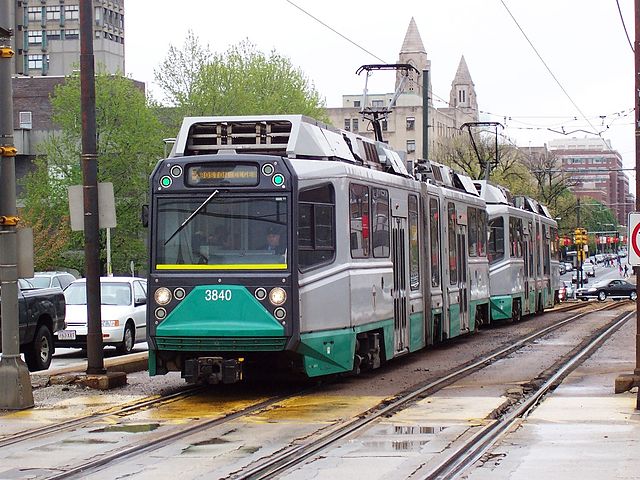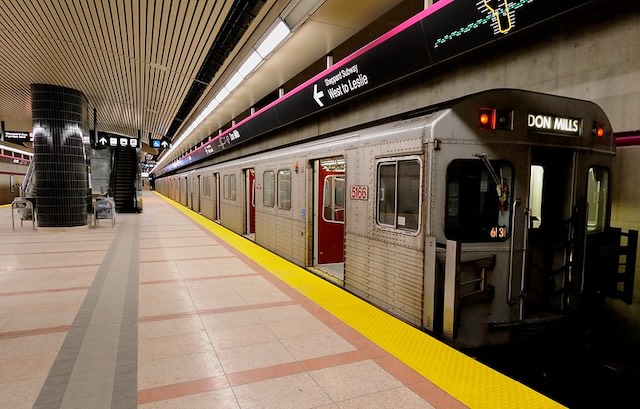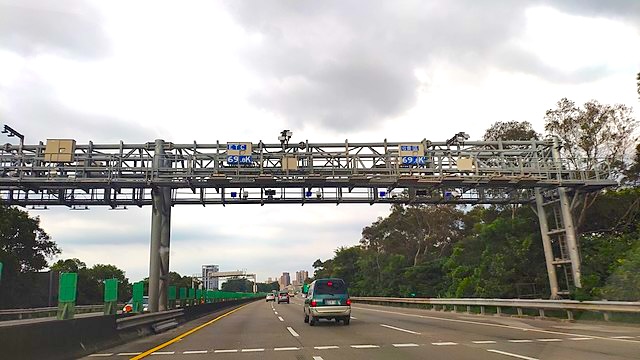The city council of the town of Grimes, Iowa — a suburb of Des Moines — had voted to end support for the Des Moines Area Regional Transit Authority (DART). City council members noted that it is spending $646,000 a year to support the transit system and yet only 13 residents of Grimes rode transit in the last year. “When you look at the math,” commented Grimes Mayor Scott Mickelson, “you could buy everybody a couple of cars for that price.”
Des Moines has an impressive downtown, but not many people there use its transit system. Photo by Jason Mrachina.
Naturally, the transit agency was unhappy with this decision. “When you think about people who are our frontline workers, a lot of them are using DART to get to their jobs,” said DART’s CEO, Amanda Wanke. “A lot of them don’t have another option for a vehicle. During these economic times, public transit is more necessary than ever.” Continue reading

